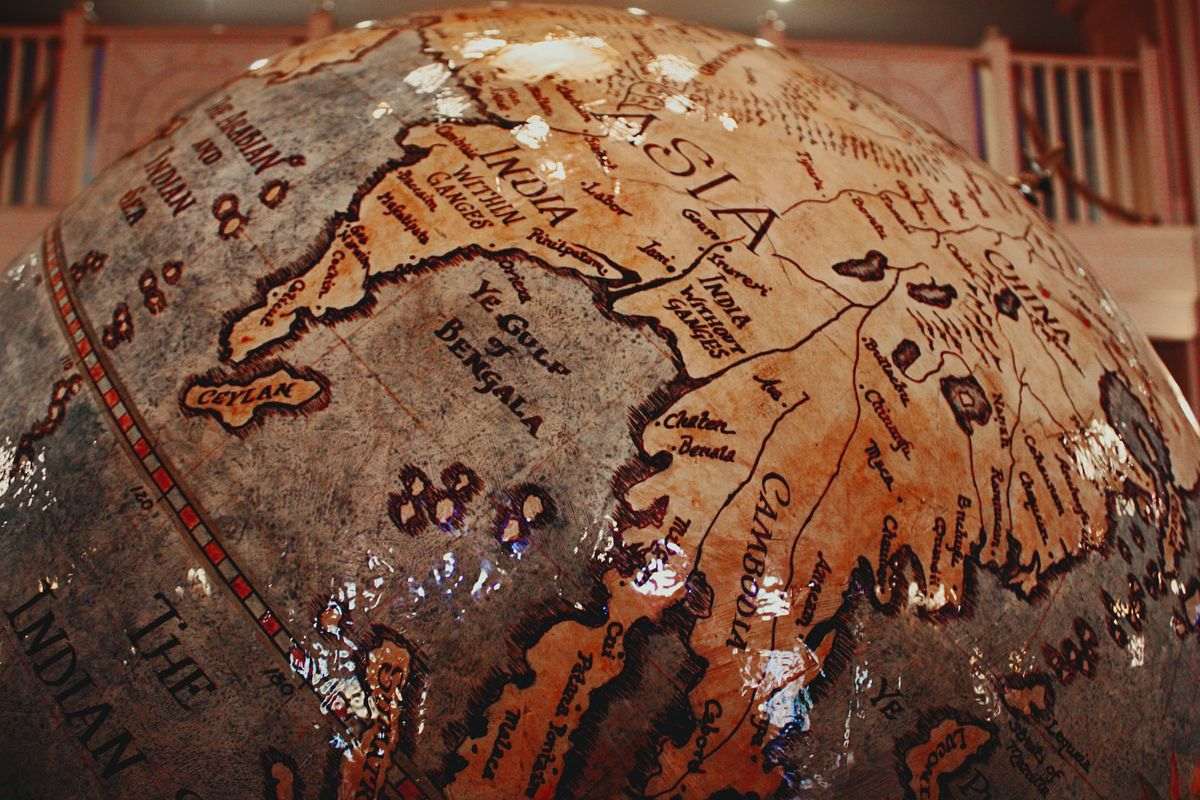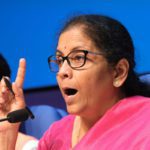On Monday, December 9, Indian and Chinese troops clashed along the disputed Line of Actual Control (LAC) in the Tawang sector of Arunachal Pradesh.
A statement from the Indian Army further added that the Chinese People’s Liberation Army (PLA) came into contact with the LAC, which was “contested by own (Indian) troops in a firm and resolute manner.” The confrontation resulted in minor injuries to personnel from both sides.
India-China Tawang face-off what’s known so far
1. The Indian Army bravely prevented the Chinese PLA’s attempts to unilaterally change the status in the Yangtse area of Arunachal Pradesh’s Tawang sector on December 9 and confronted it with firmness, Defence Minister Rajnath Singh said in Lok Sabha today.
2. In a statement to the Indian parliament’s lower house, Singh said that no Indian soldiers have died or sustained serious injuries in the recent faceoff with Chinese troops.
3. Opposition members in India’s parliament’s lower house, including those from the Congress, NCP, DMK, and AIADMK parties, protested and later walked out of the house, alleging that they were not being allowed to speak. The uproar created by the opposition members disrupted proceedings in the Lok Sabha.
4. The December 9 face-off led to “minor injuries to a few personnel from both sides” and the two sides “immediately disengaged from the area”, an Army statement said.
5. It is the first major clash between the Indian and Chinese armies since August 2020 near Rinchen La in eastern Ladakh.
6. The Congress said it was a worrying development and China’s actions on the border are completely unacceptable. The opposition party alleged that the Modi government was suppressing the border issue due to which China was acting with increasing audacity.
7. AIMIM (All India Majlis-e-Ittehadul Muslimeen) chief Asaduddin Owaisi has accused the central government of being “silent” and “scared” over the clash. In a series of tweets, he asked why the government kept the country “in the dark for days”. The Hyderabad MP also cast a doubtful eye on the details of the incident. “The details of the incident are sketchy. What was the cause of the clash? Were shots fired or was it like Galwan? How many soldiers have been injured? What is their condition? Why can’t the Parliament extend their public support to the soldiers to send a strong message to China?”
8. Tapir Gao, the president of the Arunachal Pradesh unit of Bharatiya Janata Party — further condemned the Chinese PLA’s action and said such incidents are not good for Sino-India relations. “I was hurt when I heard about the December 9 incident. I condemn this. If PLA continues doing such things in the future, India-China relations will suffer,” he said in a video message on Monday.
9. Chinese soldiers were injured during the clash with Indian troops. “I heard that a few injuries were reported on the Indian side but PLA suffered much more injuries,” PTI quoted the BJP MP.
10. India’s Commander in the area held a Flag Meeting with his counterpart to discuss the issue in accordance with structured mechanisms to restore peace and tranquillity.
11. The ties between India and China nosedived significantly following the fierce clash at Galwan Valley in Ladakh in 2020.
India-China dispute explained in simplest terms
China and India share a disputed 3,440 km (2,100 mile) border, known as the Line of Actual Control (LAC), which is poorly demarcated and can shift due to the presence of rivers, lakes, and snowcaps.
This leads to frequent face-to-face encounters between the soldiers of the two countries, who represent two of the largest armies in the world.
Tensions sometimes escalate into skirmishes, but both sides have been working to de-escalate since a major battle in the Galwan Valley in June 2020, which resulted in the deaths of at least 20 Indian soldiers and four Chinese soldiers.
This was the first fatal confrontation between the two sides in the region in 45 years. Another face-off in January 2021 resulted in injuries on both sides. In September 2021, both countries agreed to disengage from a disputed area along their remote western Himalayan border, with both sides beginning to withdraw troops.



